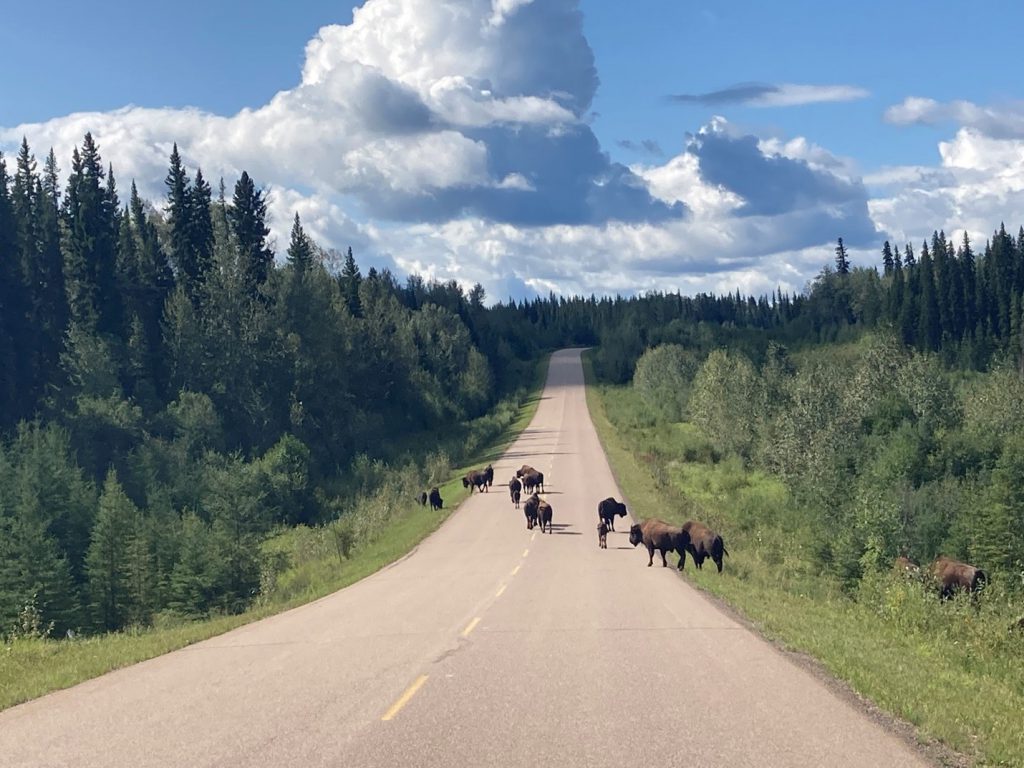
Our Wildlife Management program is the cornerstone of wildlife protection on BC highways, helping us make a variety of wildlife protection initiatives a reality. While our first goal is the safety of the travelling public through the reduction of wildlife-vehicle collisions on provincial roads and highways – initiatives like our Wildlife Accident Reporting System (WARS), Wildlife Exclusion System Improvement Program and the popular Wildlife Monitoring Program also help us support provincial wildlife protection goals. Drawing on the expertise of ministry environmental and engineering professionals, as well as a wide range of external stakeholders, including fish and game associations, First Nations, wildlife professionals and academics, the program builds on experiences shared by other transportation agencies to develop, test and refine new concepts in wildlife protection. A win-win for motorists and wildlife, alike.
Why Wildlife Management?
Wildlife is an integral part of our identity here in BC and the social, cultural and economic values of wildlife are important factors we strive to recognize and respect. The rare Kermode (or Spirit) bears that cross Highway 113, in northwestern British Columbia, hold an important place in the oral history and traditions of the First Nations of the Central and North Coast regions of the province. The large herds of Big Horn Sheep that frequent Highway 93 in the Town of Radium in the Rocky Mountains, entertain tourists from around the world. Moose that forage along Highway 16 in northern British Columbia represent an essential food source for subsistence hunters as well as a source of livelihood for guide fitters. Our Wildlife Program and its success reflect our support for society’s growing concern about wildlife protection in BC and serves as a key part of our ongoing efforts to preserve and protect wildlife.
So far in BC, the Wildlife Management program has contributed:
- Over 500 km of wildlife exclusion fencing
- 4 wildlife overpasses
- 29 large wildlife underpasses
- More than 70 small underpasses
- Approximately 1,200 species-specific wildlife warning signs, the most comprehensive inventory of wildlife warning signs in the world
- Wildlife detection systems – an innovative new approach that uses radar and thermal imaging to activate LED signs when animals are close to the road
Wildlife Accident Reporting System
The Wildlife Accident Reporting System, (WARS) has been maintained by the Ministry of Transportation and Infrastructure, since 1978. Information gathered in WARS help us identify accident-prone areas and conduct mitigation efforts. Extensive monitoring, data collection and analysis support decision making for wildlife protection investments along highways in British Columbia. Drawing on over 40 years of highway-related wildlife mortality data in our Wildlife Accident Reporting System (WARS), the Wildlife Program identifies problematic wildlife-vehicle collision locations and emerging species-related collision trends. We use this information to improve signage or implement other wildlife safety features, like over or underpasses, as well as to inform our public messaging, via our online channels. Not only does the system guide a great deal of our work to keep motorists and wildlife safe, but its long-established, multi-species, geographically oriented database is popular with researchers, consultants, media, industry, wildlife associations, special interest groups, and other government agencies.
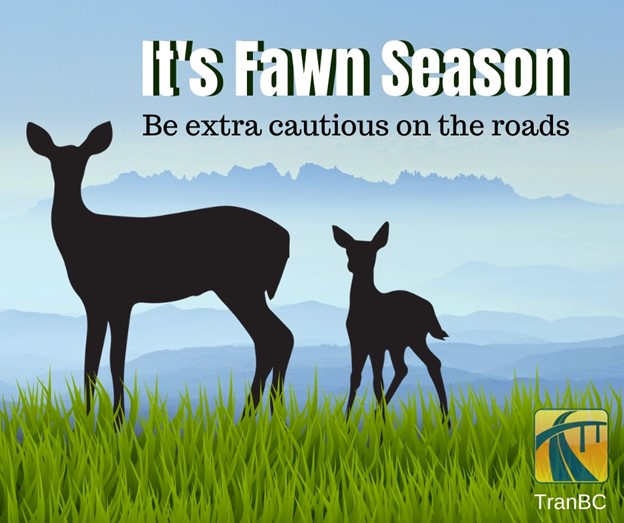
Wildlife Exclusion System
Wildlife exclusion fencing, and its components, such as jump-outs, one-way gates, and ungulate guards, are another important tool we use to keep motorists and wildlife safe in BC. Using available data and working with our local staff and stakeholder experts, our wildlife program staff identify areas of concern along BC highway corridors and create exclusion systems to deter wildlife from those locations.
When designing and constructing wildlife exclusion systems, we consult with species-specific wildlife experts and material suppliers to make sure we find the best and most cost-effective wildlife protection infrastructure. All materials and designs must withstand vigorous engineering scrutiny and provide a safe environment for wildlife. Once we’ve identified tools that work well, we include them in our Standard Specifications for Highway Construction.
Wildlife over and underpasses also help keep animals off of BC Highways and are another link in our wildlife exclusion system. Our wildlife experts are also instrumental in determining locations for wildlife overpass and underpasses. They work closely with bridge engineers on the design of the structures, and with geotechnical engineers on the final location. Passes are built after extensive wildlife habitat surveys, wildlife tracking surveys, wildlife population surveys, and analysis of wildlife accident locations using the ministry’s WARS data.
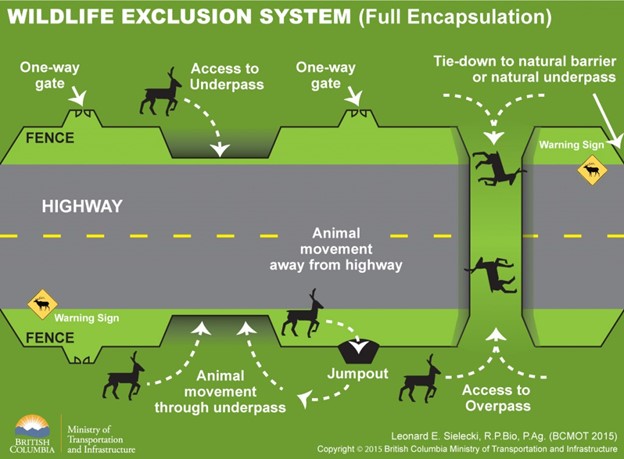
Wildlife Monitoring System
Over the last decade, our Wildlife Program has established a network of wildlife monitoring cameras at each of BCMOTI’s wildlife crossing structures. Every year the Wildlife Monitoring Program collects over 200,000 wildlife photos that are analyzed to assess species-specific wildlife use of the structures. Quantifying wildlife use of wildlife-related infrastructure is essential for determining the effectiveness of ministry wildlife protection investments. It also helps us plan for the future. You can see some of the activities these monitoring systems have captured, in this day in the life of a wildlife monitoring cam.
Wildlife Detection System
The Wildlife Program also works closely with ministry engineers and technicians to design wildlife friendly infrastructure that protects wildlife, like our Wildlife Detection Systems. These cool tools work to specifically detect wildlife movement along BC highways. When an animal is detected, the system automatically activates warning signage, alerting drivers to slow down.
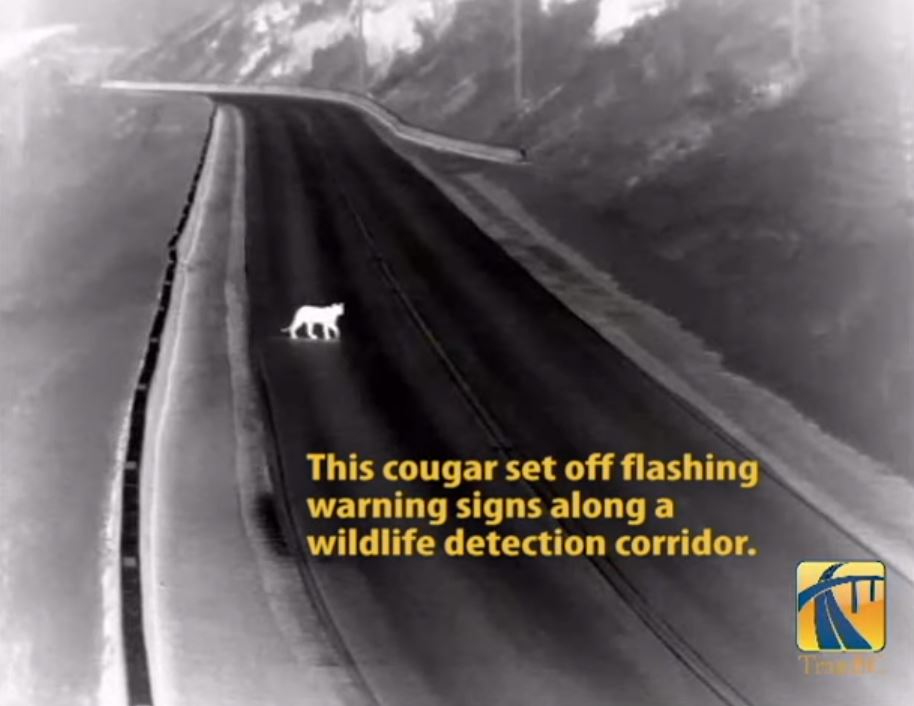
Climate Change and The Future of the Wildlife Management Program
The ecosystems British Columbia provincial highways pass through have always been dynamic environments. However, the impacts of climate change may be contributing to unforeseen challenges for protecting wildlife and road users. As provincial temperature and precipitation patterns evolve, so will wildlife habitats. If anticipated trends occur, a wide range of wildlife species may be expected to make unprecedented adaptations in their populations and geographic distributions. New and innovative, but practical and effective solutions will be needed for maintaining and increasing wildlife habitat connectivity across highways and reducing the potential for wildlife-vehicle collisions. In preparation, we are collecting and analyzing an increasing amount of information on wildlife found on and near provincial highways. Drawing upon the wealth of knowledge found among transportation and natural resource agencies, First Nations, academia, consultants, and wildlife organizations in British Columbia, and around the world, will be key to developing and delivering successful wildlife protection initiatives for the future.
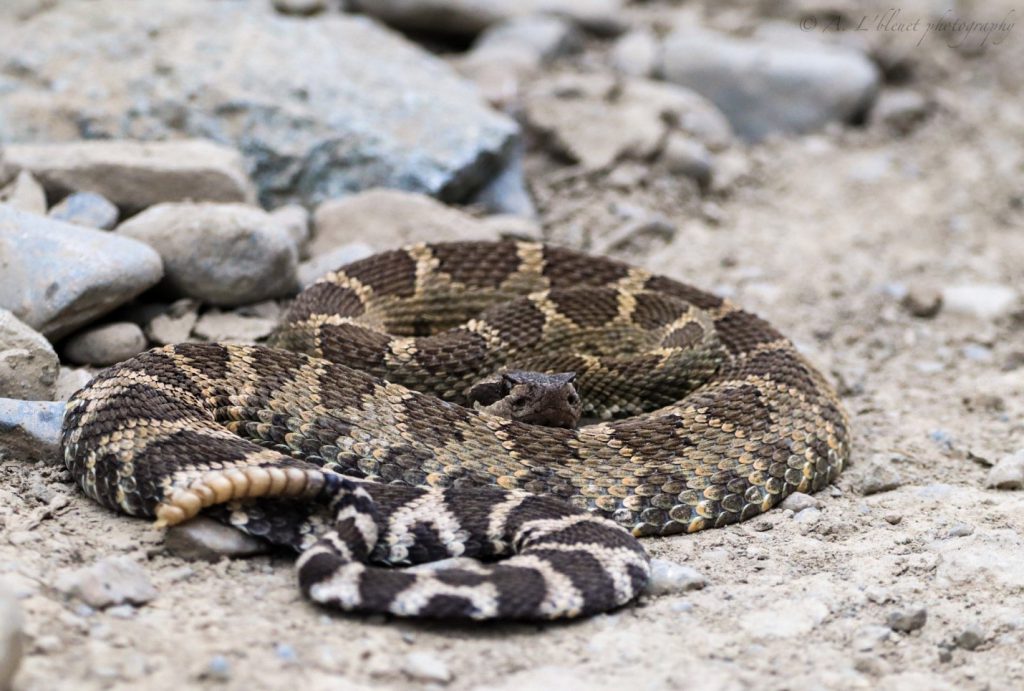
If you liked this blog, check out these related articles:
- Rutting Season is Here: Watch for Deer
- It’s Amazing to See Wildlife Crossings Like Never Before
- Burrowing Badger Caught on BC Wildlife Underpass Cam
- Gettin’ Licky with It: Intercept Salt Patch Saves the Day
- Bear Jams: What They Are and How to Avoid Them
- Behind the Scenes: BC Wildlife, Trucks Saved from Collision
- What’s the Best Thing About the New Luxor Creek Bridge?
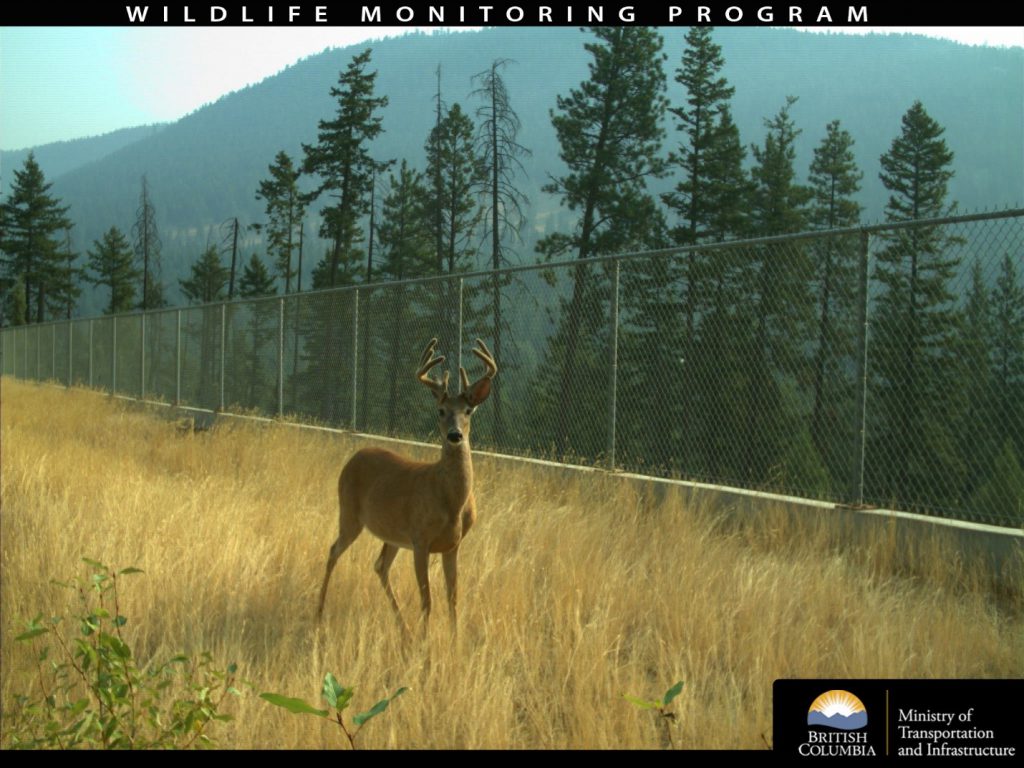
I live off Biggs Rd in Nanaimo and I have seen two dead fawns within one week of each other. People are driving too fast, despite the slow signs. You can see wheel marks on the road and I am close enough to Biggs Rd that I hear them tearing up the road at times. The slow signs are clearly not having much effect. And the 30 km speed limit is ignored.
Hi there Linda – thanks for your comment. We are sorry to hear this. We encourage you to connect with the local authority having jurisdiction (BC RCMP or Nanaimo municipal police) for enforcement.
How do we talk to someone about requesting a wildlife overpass for an area that is very prone to wildlife collisions?
Hi Julie,
You can contact our Wildlife Management program:
Email: ENG.Admin@gov.bc.ca
Office: 250 387-6931
Mailing:
PO Box 9850 STN PROV GOVT
VICTORIA BC V8W 9T5